
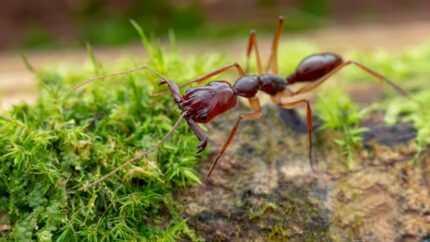
Odontomachus latidens
429,90 zł
Worldwide shipping
Free delivery over 999 PLN
The highest quality of goods
Live delivery guarantee
24/7 Personal Support
Fair Prices
Description
The Odontomachus latidens is a polygynous ant species with colonies of up to 500 individuals. They have a medium development rate and the queen measures 10-12mm while workers measure 9-11mm. They have a black and maroon body with maroon legs. Their diet consists of food insects and sweet fruit. They require a humidity level of 60-70% in the arena and 60-80% in the nest.
Additional information
| Behavior | |
|---|---|
| Difficulty in breeding | |
| Origin | |
| The size of ants | |
| Wintering |
Odontomachus latidens
Colony Type
Colony Type: Polygyny
Colony Size: Up to 500 workers
Development Speed: medium
Size
- Queen: 10-13 mm
- Workers: 10-12 mm
Color: These ants have a unique coloration, with a body that varies between black-(black-brown) and distinguishable brown legs.
Nutrition
- Food insects (such as cockroaches and crickets) dead, or live
- Fruits
- Jelly
- Honey
Don’t forget to check out our food products to ensure a well-balanced diet for your colony!
Humidity and Temperature
- Humidity: Arena: 60-70%, Nest: 60-80%
- Temperature: Arena: 21-30 °C, Nest: 22-28 °C
Features of the Species:
The Odontomachus latidens is truly a remarkable species due to its unique characteristics. With highly developed jaws, they possess the fastest reflexes in nature. These jaw movements allow them to catch prey with precision and prevent their escape. The ability of their mandibles to open up to 180 degrees further enhances their hunting efficiency. These features make them one of the most formidable hunters in the insect kingdom.
Recommended Nests for breeding
- Acrylic Nests
- Gypsum
- Ytong
- Natural with substrate


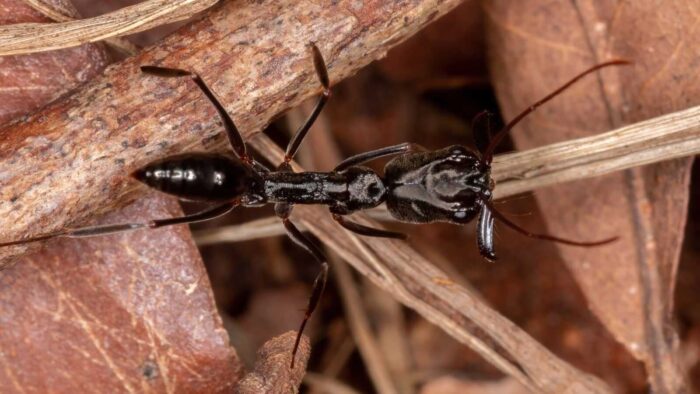
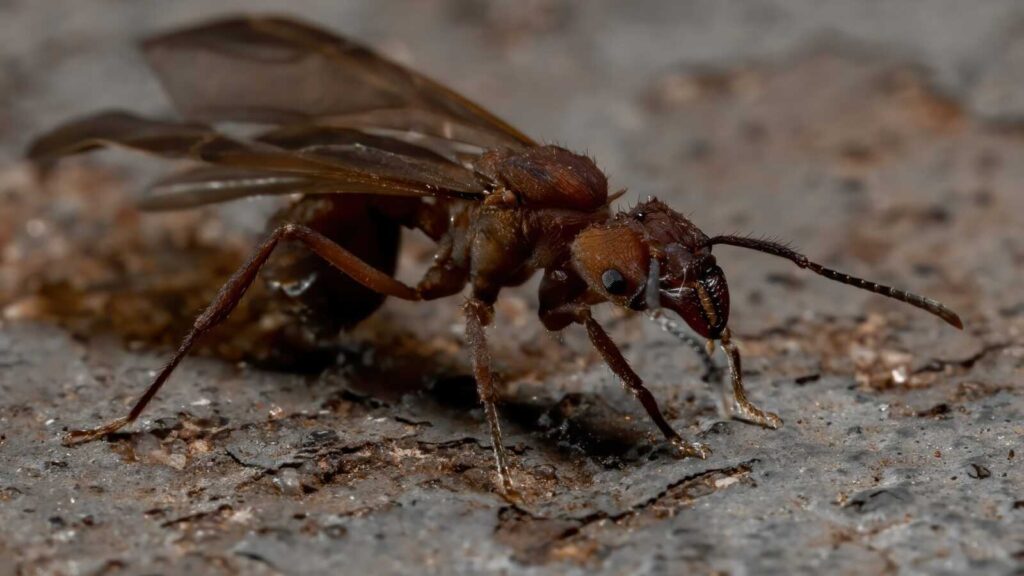
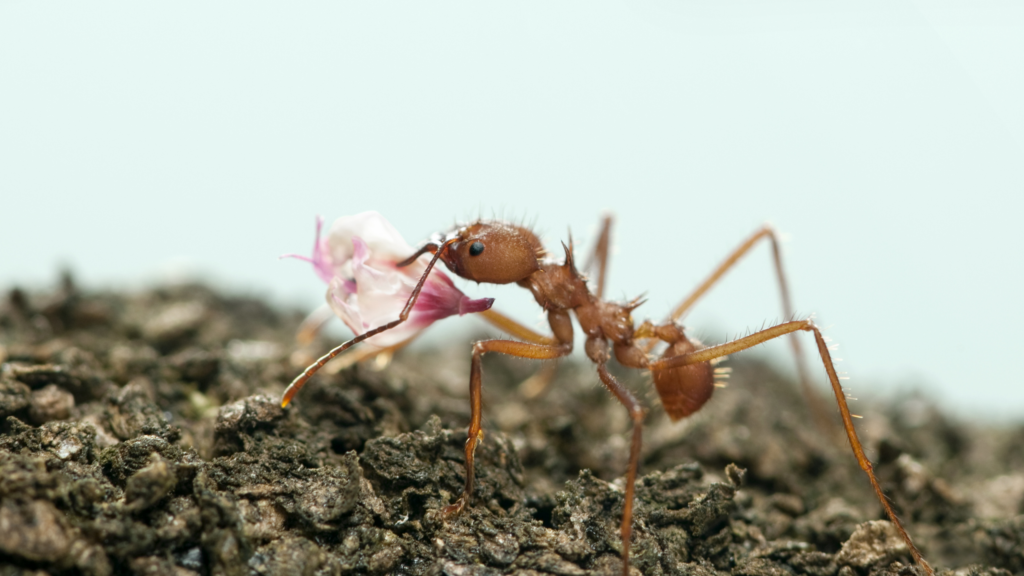
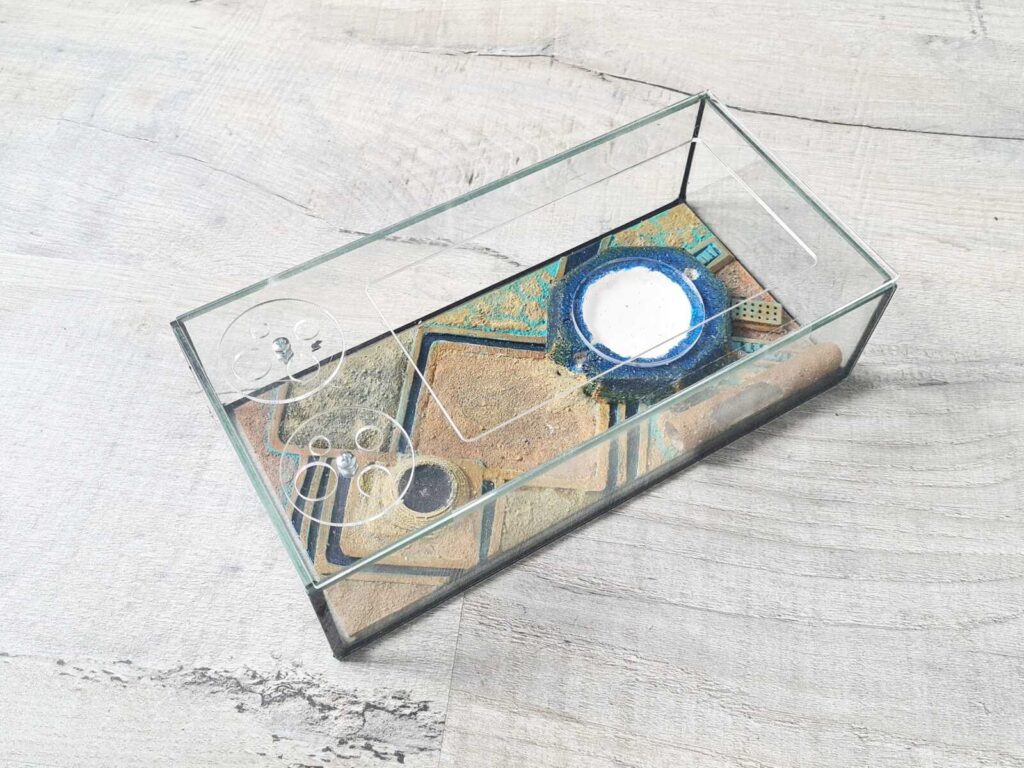
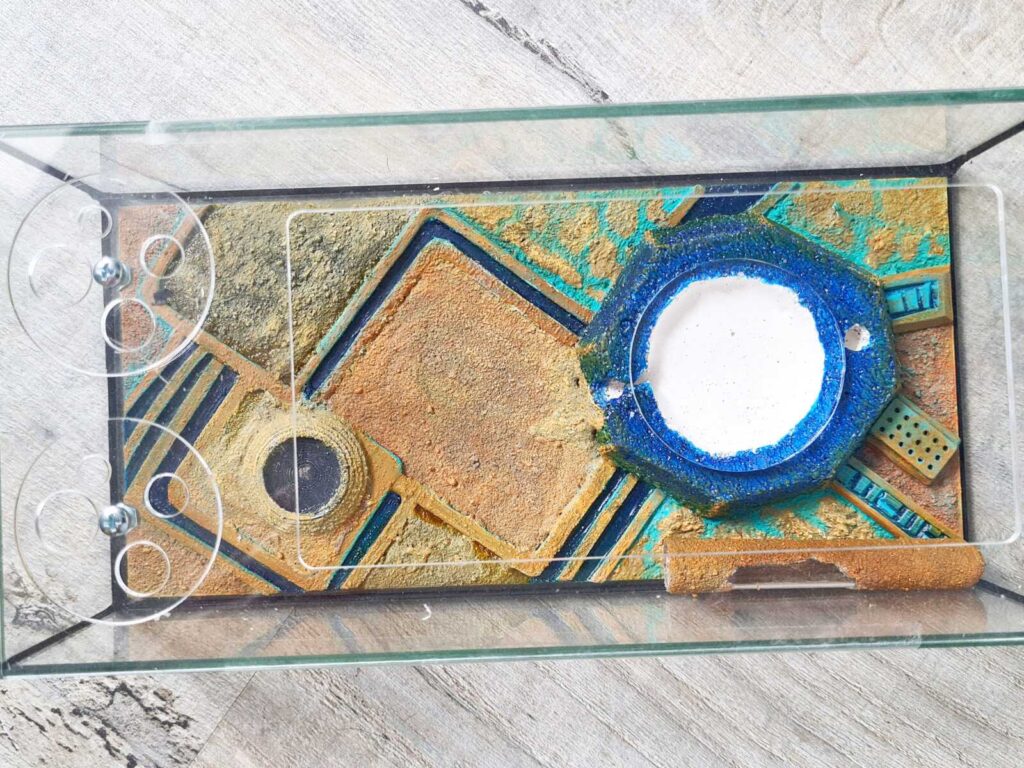
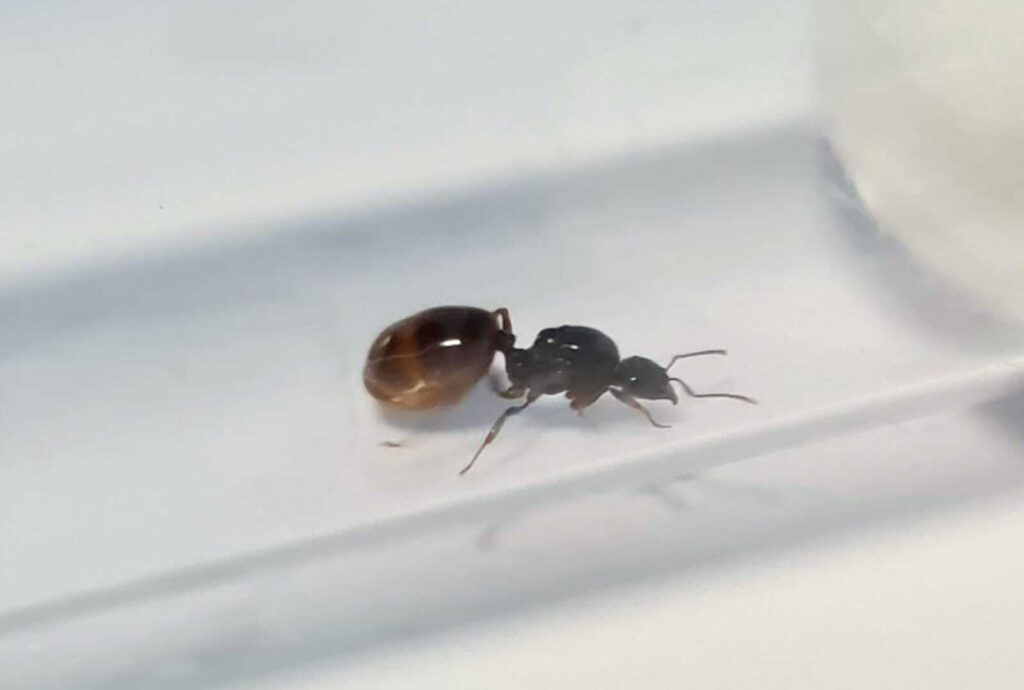
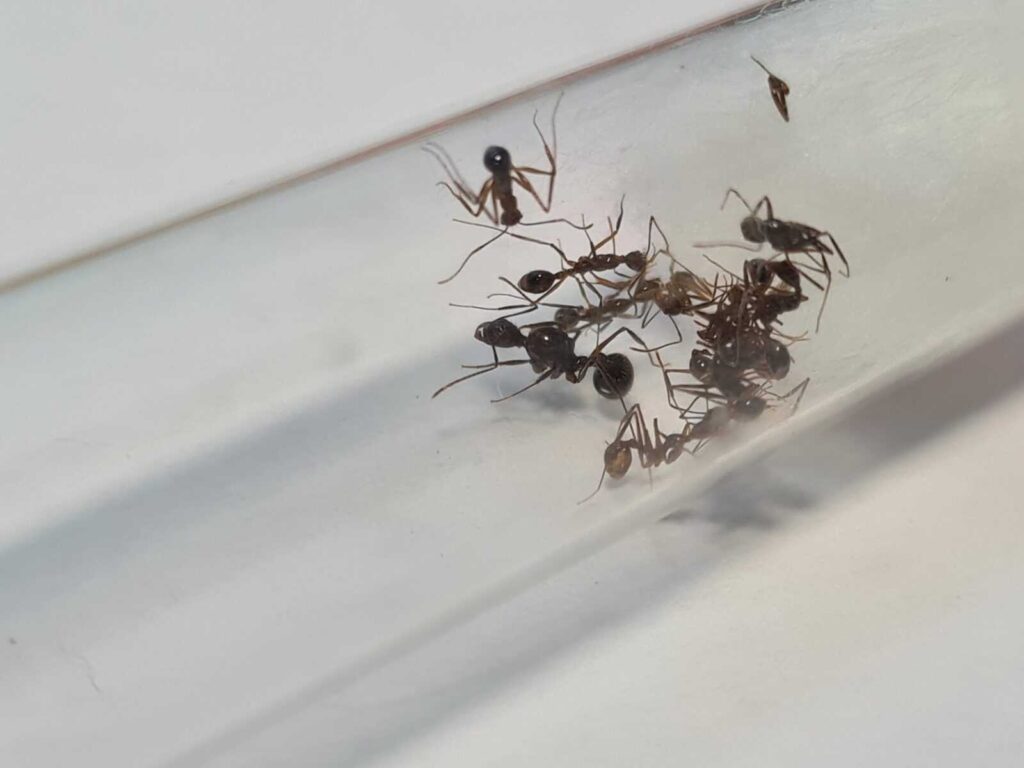
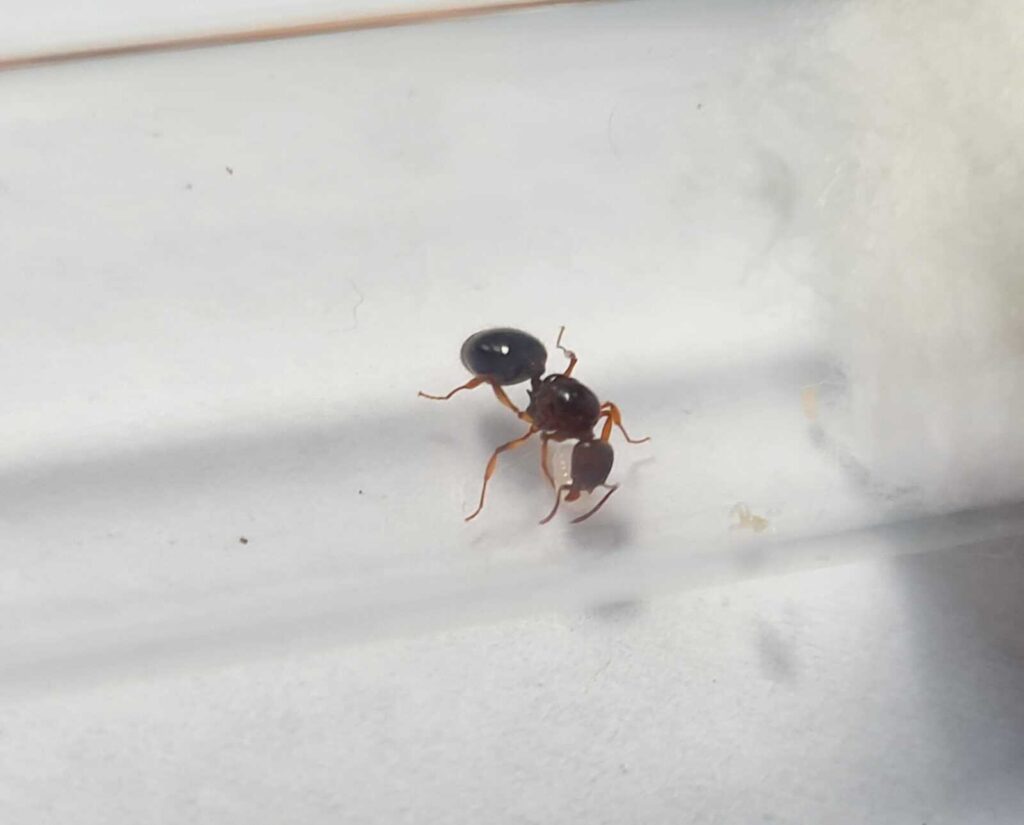
Reviews
Clear filtersThere are no reviews yet.